Rock garden, set up guide and care work
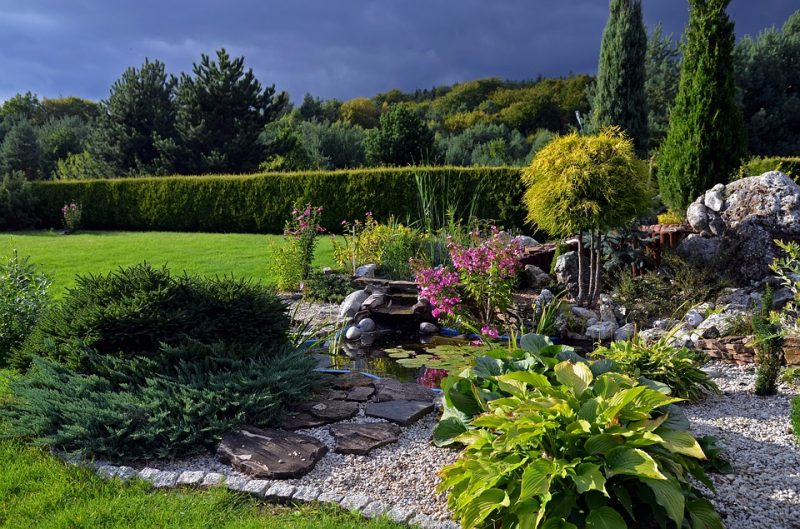
A rock garden is an artificially arranged area in the garden, which combines lithic elements with plants specific to the alpine area, in order to create a rustic look. The origin of the rockeries is in East Asia. In China and Japan, the technique of rock gardens has been practiced for hundreds of years, having a symbolic function. It was not until the 20th century that gardeners and plant collectors became interested in these gardens. Books and articles about rock gardens have been published in Britain since 1919.
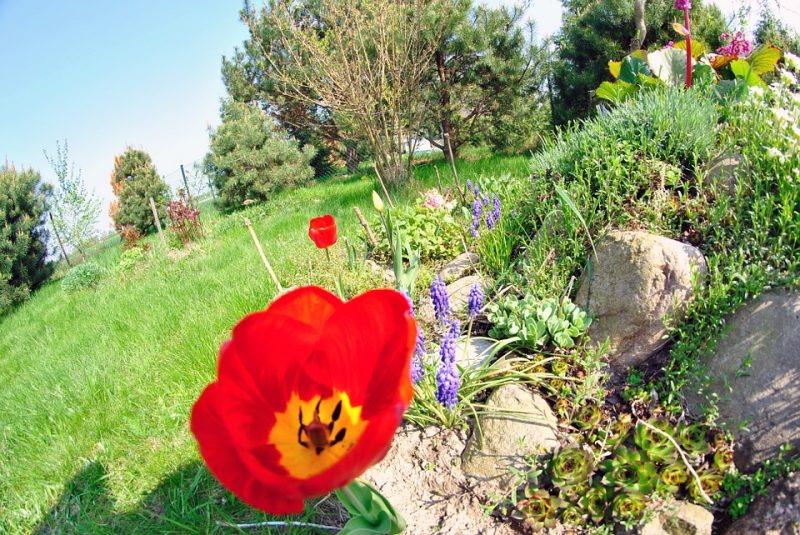
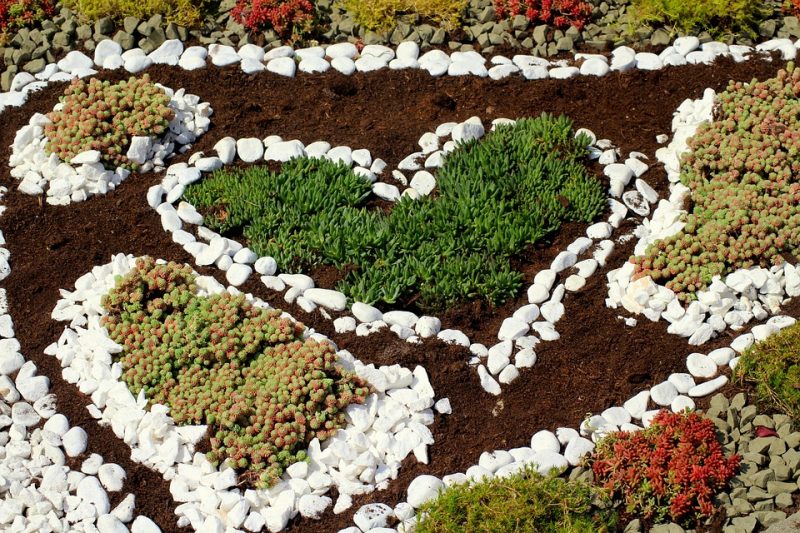
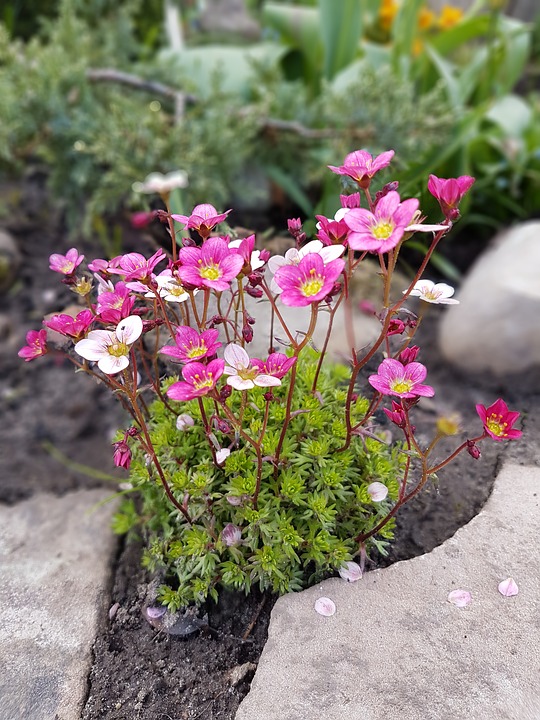
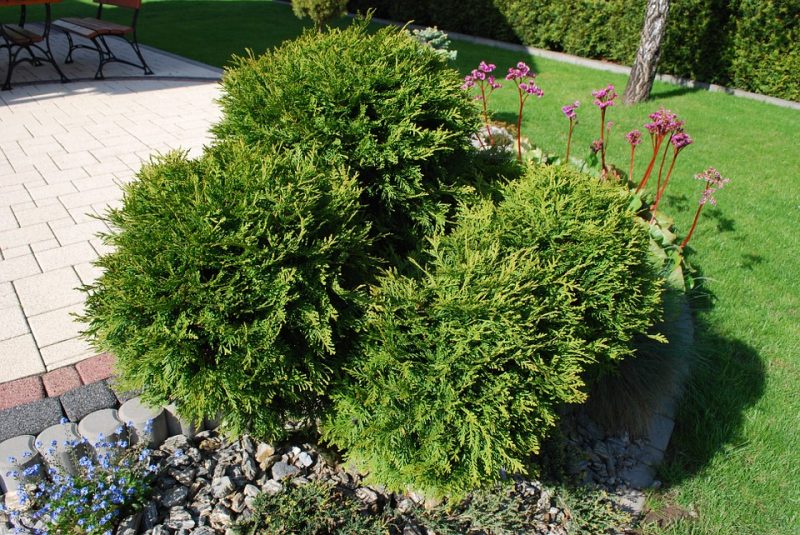
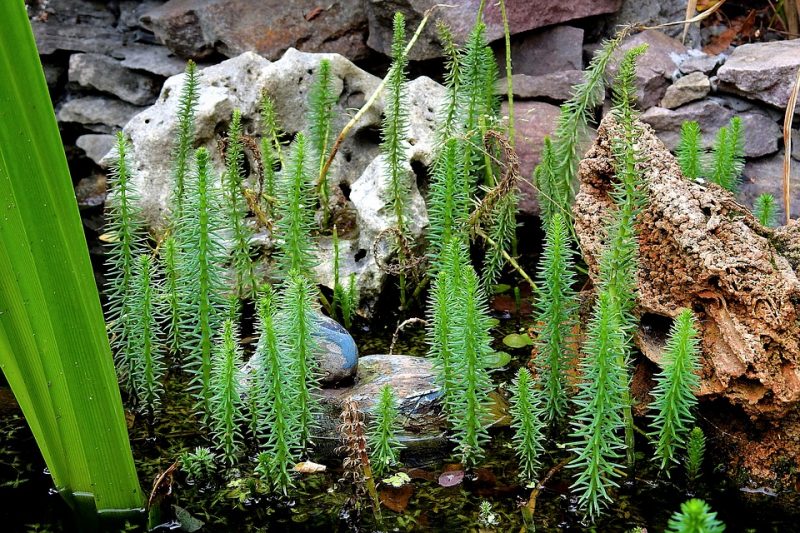
Setting up rockeries
The standard aspect of a rockery consists of the aesthetic arrangement of several rocks of different shapes and sizes, between which there are areas left for plants that are specific to the mountainous area. In their natural environment, alpine plants grow in conditions of strong light and shallow soil. When setting up a rockery, you need to take into account these aspects. The chosen plants have to benefit from sufficient light, and the substrate must allow good water drainage. Generally, the rockeries are located in a place close to the center of the garden, bright and unshaded by trees or other structures. The chosen area must be weeds-free and leveled. Then, it must be covered with a layer of rubble to improve water drainage. As a substrate, you can use a special one for the garden, enriched with peat and compost. The soil can then be covered with a thin layer of gravel.
Recommended products
-
You can find products on a different store
Change Store -
You can find products on a different store
Change Store -
You can find products on a different store
Change Store -
You can find products on a different store
Change Store -
You can find products on a different store
Change Store -
You can find products on a different store
Change Store -
You can find products on a different store
Change Store -
You can find products on a different store
Change Store -
You can find products on a different store
Change Store -
You can find products on a different store
Change Store -
You can find products on a different store
Change Store -
You can find products on a different store
Change Store -
You can find products on a different store
Change Store -
You can find products on a different store
Change Store -
You can find products on a different store
Change Store -
You can find products on a different store
Change Store -
You can find products on a different store
Change Store -
You can find products on a different store
Change Store -
You can find products on a different store
Change Store -
You can find products on a different store
Change Store -
You can find products on a different store
Change Store -
You can find products on a different store
Change Store -
You can find products on a different store
Change Store -
You can find products on a different store
Change Store
Rocks that are used in rockeries
To create the rustic look specific to a rockery, it is recommended to use rocks that exist naturally in the mountain area. The larger stones should be placed first, after which the smaller ones follow.
Plants
In general, rockeries use plants with small heights, which do not exceed 1 m. However, shrubs up to 6 m tall can be used to diversify the appearance, but they must be placed strategically, so as not to shade the other plants. The optimal time for planting is in spring when temperatures are constant so that the plants can adapt more easily to the new environmental conditions.
The choice of plants has to be made according to the environmental conditions of the respective area. Thus, like plants for covering the ground, you can use species such as thyme, Ophiogon, ferns, brotherwort, oxalis, Euphorbia, Cotoneaster, etc. You can also choose larger plants, such as certain species of juniper, Ilex crenata, Hosta, or Viburnum. Dwarf plants, due to their size, can be difficult to notice if placed next to large ones, so choose and associate species with flowers as colorful as possible, to stand out (Campanula, Phlox, Moss-rose purslanes, tufted phlox, Wild Sweet William, edelweiss, Calystegia, Bergenia, rhododendron, Geranium, Astilbe, etc. ).
Recommended products
-
You can find products on a different store
Change Store -
You can find products on a different store
Change Store -
You can find products on a different store
Change Store -
You can find products on a different store
Change Store -
You can find products on a different store
Change Store -
You can find products on a different store
Change Store -
You can find products on a different store
Change Store -
You can find products on a different store
Change Store -
You can find products on a different store
Change Store -
You can find products on a different store
Change Store -
You can find products on a different store
Change Store -
You can find products on a different store
Change Store -
You can find products on a different store
Change Store -
You can find products on a different store
Change Store -
You can find products on a different store
Change Store -
You can find products on a different store
Change Store -
You can find products on a different store
Change Store -
You can find products on a different store
Change Store -
You can find products on a different store
Change Store -
You can find products on a different store
Change Store -
You can find products on a different store
Change Store -
You can find products on a different store
Change Store -
You can find products on a different store
Change Store -
You can find products on a different store
Change Store
When choosing shrubs or trees, keep in mind that conifers have slow growth, but over time they can grow very high and can develop dense and vigorous crowns. Thus, the species that are compatible with pruning are preferable, such as thuja, juniper, certain species of spruce (Picea glauca).
Care works in a rock garden
First of all, the care of a rockery consists of the annual pruning of the shrubs for maintaining their shape. The optimal period is in March-April when the new growths develop. Especially remove the side shoots, which can shade or cover dwarf plants.
After pruning, in April, it is recommended to administer a slow-release granular fertilizer. NPK type ones are preferred, but specific fertilizers can also be used.
Recommended products
-
You can find products on a different store
Change Store -
You can find products on a different store
Change Store -
You can find products on a different store
Change Store -
You can find products on a different store
Change Store -
You can find products on a different store
Change Store -
You can find products on a different store
Change Store -
You can find products on a different store
Change Store -
You can find products on a different store
Change Store -
You can find products on a different store
Change Store -
You can find products on a different store
Change Store -
You can find products on a different store
Change Store -
You can find products on a different store
Change Store -
You can find products on a different store
Change Store -
You can find products on a different store
Change Store -
You can find products on a different store
Change Store -
You can find products on a different store
Change Store -
You can find products on a different store
Change Store -
You can find products on a different store
Change Store -
You can find products on a different store
Change Store -
You can find products on a different store
Change Store -
You can find products on a different store
Change Store -
You can find products on a different store
Change Store -
You can find products on a different store
Change Store -
You can find products on a different store
Change Store
It is recommended to periodically analyze the well-being of the plants and to detect the occurrence of diseases or pests, in order to be able to carry out the necessary treatments in time. Weeds must be removed whenever they appear.
Irrigation of the rock garden is not necessary, except in cases of prolonged drought. In general, vegetation that is specific to rock gardens requires low amounts of water.
In addition:
- for a more natural look, place the rocks in shallow dug holes.
- the selected plants have to be watered before planting.
- covering the ground with gravel prevents weeds from growing.
- you can replace the gravel with a special gardening foil.















































































































































































































































































































































































































































